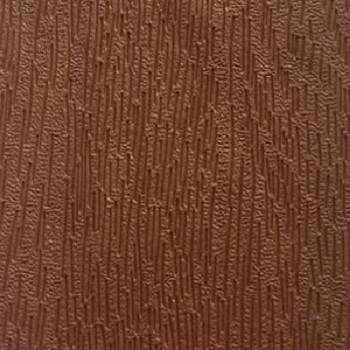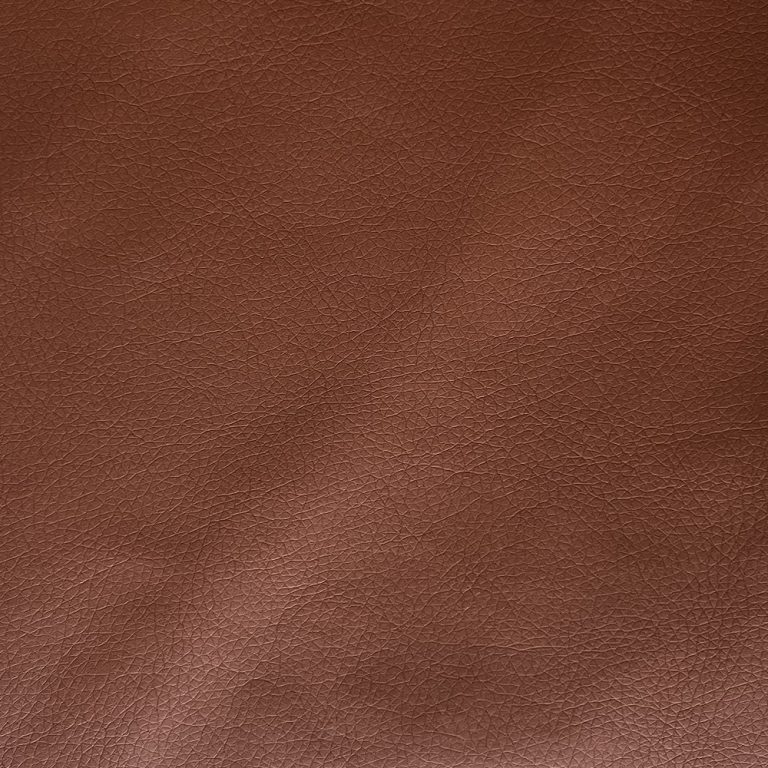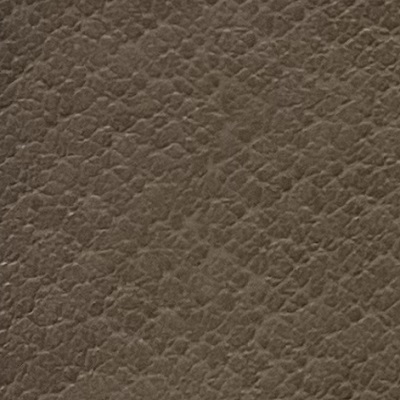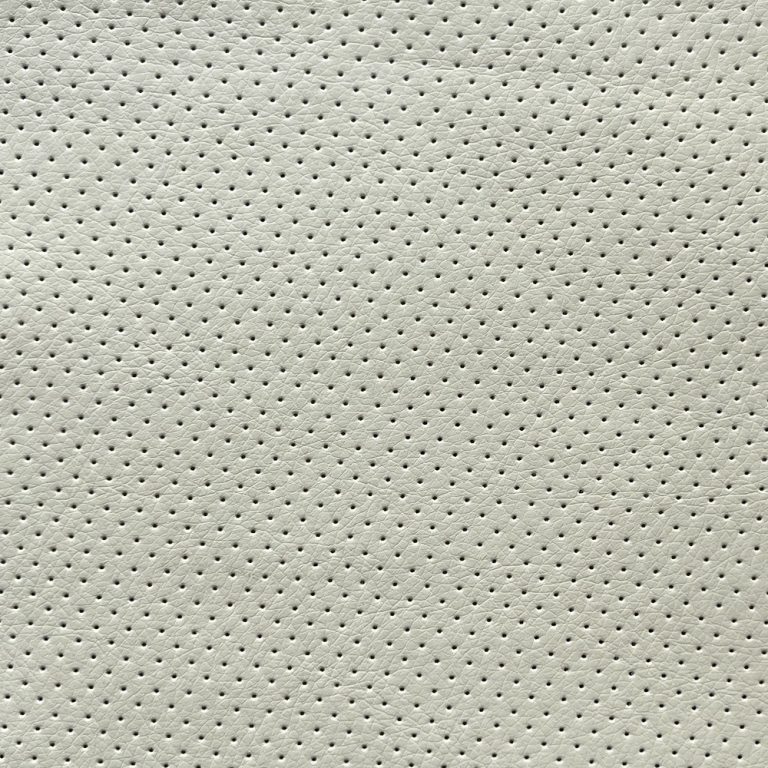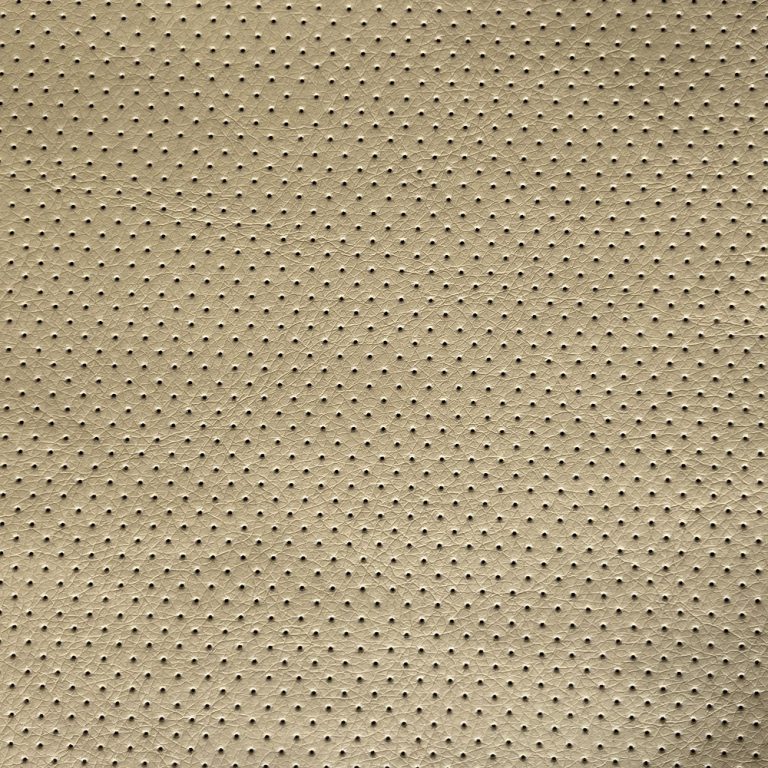Table of Contents
Benefits of Using Synthetic Leather for Sofa Upholstery
Synthetic leather, also known as faux leather or vegan leather, is a popular choice for sofa upholstery due to its many benefits. While some may argue that genuine leather is the superior option, synthetic leather offers a more affordable and sustainable alternative without compromising on style or durability.
One of the key benefits of using synthetic leather for sofa upholstery is its cost-effectiveness. Genuine leather can be quite expensive, making it out of reach for many consumers. In contrast, synthetic leather is more affordable while still providing a similar look and feel to genuine leather. This makes it a practical choice for those on a budget or looking to save money without sacrificing quality.
Another advantage of synthetic leather is its versatility. It can be manufactured in a wide range of colors, textures, and patterns, allowing for endless design possibilities. Whether you prefer a sleek and modern look or a more traditional style, synthetic leather can be customized to suit your taste and complement your existing decor. This versatility makes it a popular choice for interior designers and homeowners alike.
In addition to its affordability and versatility, synthetic leather is also a more sustainable option compared to genuine leather. The production of genuine leather involves the use of animal hides, which raises ethical concerns for many consumers. Synthetic leather, on the other hand, is made from synthetic materials such as polyurethane or PVC, making it a cruelty-free alternative. By choosing synthetic leather for your sofa upholstery, you can enjoy the look and feel of leather without contributing to animal cruelty.
Furthermore, synthetic leather is easier to clean and maintain than genuine leather. It is more resistant to stains, fading, and wear, making it a practical choice for busy households or high-traffic areas. With regular cleaning and care, synthetic leather can maintain its appearance and durability for years to come. This low-maintenance quality makes it a convenient option for those looking for a hassle-free upholstery solution.
In conclusion, synthetic leather offers a range of benefits for sofa upholstery, including affordability, versatility, sustainability, and ease of maintenance. Whether you are looking to save money, customize your sofa design, or make an ethical choice, synthetic leather is a practical and stylish option to consider. With its many advantages, it is no wonder that synthetic leather has become a popular choice for homeowners and interior designers alike. Consider choosing synthetic leather for your next sofa upholstery project and enjoy the benefits it has to offer.
How to Care for and Maintain Synthetic Leather Sofas
Synthetic leather has become a popular choice for sofas due to its affordability, durability, and ease of maintenance. While it may not have the same luxurious feel as genuine leather, synthetic leather can still provide a stylish and comfortable seating option for your living room. To ensure that your synthetic leather sofa stays looking its best for years to come, it is important to follow a few simple care and maintenance tips.
One of the most important things you can do to care for your synthetic leather sofa is to regularly clean it. Dust, dirt, and spills can all take a toll on the appearance of your sofa if left unchecked. To clean your sofa, start by vacuuming it with a soft brush attachment to remove any loose dirt and debris. Next, mix a small amount of mild soap with water to create a gentle cleaning solution. Use a soft cloth to gently wipe down the surface of the sofa, being careful not to scrub too hard or use too much water. Once you have cleaned the sofa, be sure to dry it thoroughly with a clean, dry cloth to prevent any water stains from forming.
In addition to regular cleaning, it is also important to protect your synthetic leather sofa from damage. Avoid placing your sofa in direct sunlight, as this can cause the material to fade and become brittle over time. If possible, position your sofa away from windows or use curtains or blinds to block out the sun’s rays. You should also be mindful of sharp objects that could scratch or puncture the surface of the sofa. To prevent damage, avoid placing sharp objects such as keys, pens, or scissors on the sofa, and be cautious when moving furniture around the room.

To maintain the appearance of your synthetic leather sofa, it is a good idea to periodically condition the material. Conditioning helps to keep the material soft and supple, preventing it from drying out and cracking. There are many commercial leather conditioners available on the market that are specifically designed for use on synthetic leather. To condition your sofa, simply apply a small amount of conditioner to a clean, dry cloth and gently rub it into the surface of the sofa. Be sure to follow the manufacturer’s instructions for the specific conditioner you are using, as some products may require you to let the conditioner sit for a certain amount of time before wiping it off.
Finally, if your synthetic leather sofa does become stained or damaged, it is important to address the issue as soon as possible. For minor stains, you can try using a mild soap and water solution to gently clean the affected area. For more stubborn stains, you may need to use a specialized leather cleaner or stain remover. If your sofa becomes torn or punctured, you may be able to repair the damage using a leather repair kit. These kits typically contain a patch of synthetic leather that can be cut to size and adhered to the damaged area using a special adhesive.
By following these simple care and maintenance tips, you can keep your synthetic leather sofa looking great for years to come. Regular cleaning, protection from sunlight and sharp objects, conditioning, and prompt attention to stains or damage are all key to ensuring that your sofa remains in top condition. With proper care, your synthetic leather sofa can provide you with stylish and comfortable seating for many years to come.
Environmental Impact of Choosing Synthetic Leather over Genuine Leather for Sofas
When it comes to choosing the material for your sofa, there are many factors to consider. One of the most important considerations is the environmental impact of the material you choose. In recent years, there has been a growing trend towards using synthetic leather for sofas as an alternative to genuine leather. While synthetic leather may seem like a more environmentally friendly option, there are still some important considerations to keep in mind.
| Products | PU upholstery fabrics for sofas and furniture |
| Nr. | 1 |
One of the main reasons why people choose synthetic leather over genuine leather is because it is often seen as a more sustainable option. Genuine leather production requires the use of animal hides, which can have a significant impact on the environment. In contrast, synthetic leather is typically made from polyurethane or PVC, which are synthetic materials that can be produced without the need for animal products.
However, it is important to note that the production of synthetic leather also has its own environmental impact. The production of polyurethane and PVC involves the use of chemicals and energy, which can contribute to air and water pollution. Additionally, the production of synthetic leather can also generate waste that may end up in landfills.
Despite these drawbacks, there are some ways in which synthetic leather can be a more environmentally friendly option than genuine leather. For example, synthetic leather can be made to look and feel like genuine leather, which means that consumers can enjoy the aesthetic benefits of leather without the environmental impact. Additionally, synthetic leather is often more affordable than genuine leather, which can make it a more accessible option for consumers who are looking to make more sustainable choices.
Another important consideration when choosing between synthetic leather and genuine leather for your sofa is the durability of the material. Genuine leather is known for its durability and longevity, which means that a leather sofa can last for many years with proper care. In contrast, synthetic leather may not be as durable as genuine leather, which means that it may need to be replaced more frequently.
Despite these considerations, there are some ways in which synthetic leather can be a more sustainable option than genuine leather. For example, some manufacturers are now using recycled materials to produce synthetic leather, which can help to reduce the environmental impact of the material. Additionally, some companies are also working to develop more sustainable production methods for synthetic leather, such as using renewable energy sources and reducing the use of harmful chemicals.

In conclusion, when it comes to choosing between synthetic leather and genuine leather for your sofa, there are many factors to consider. While synthetic leather may seem like a more environmentally friendly option, it is important to weigh the environmental impact of the material against its durability and longevity. By considering these factors and choosing a high-quality, sustainable option, you can make a more environmentally conscious choice for your sofa.

